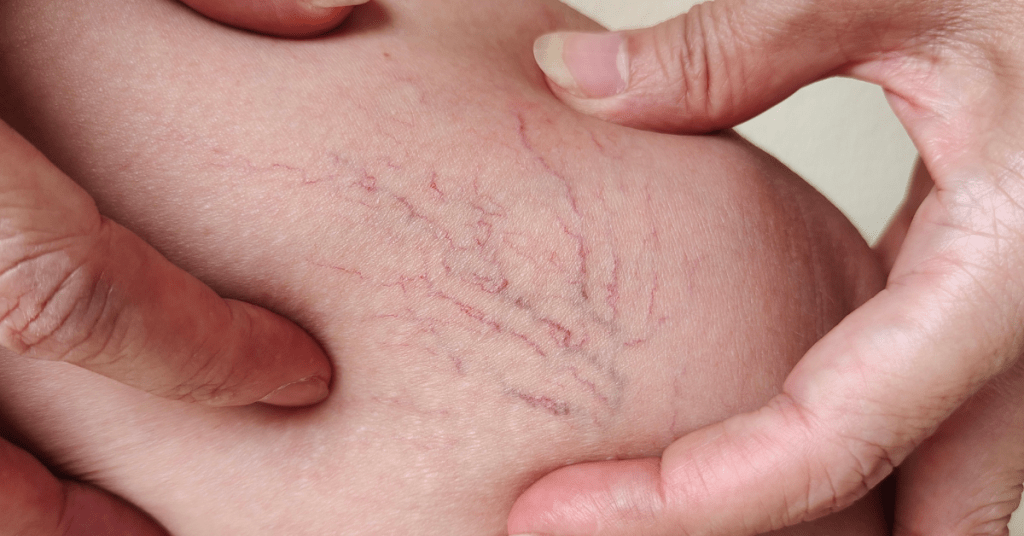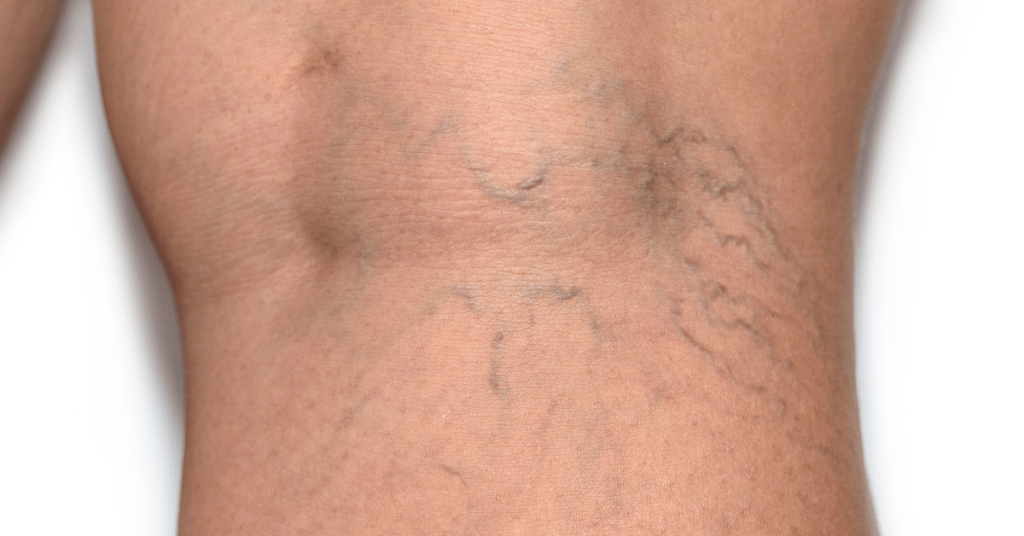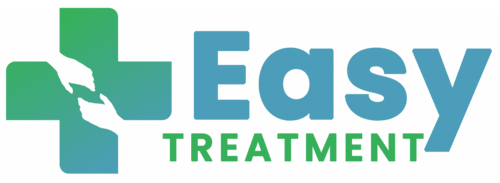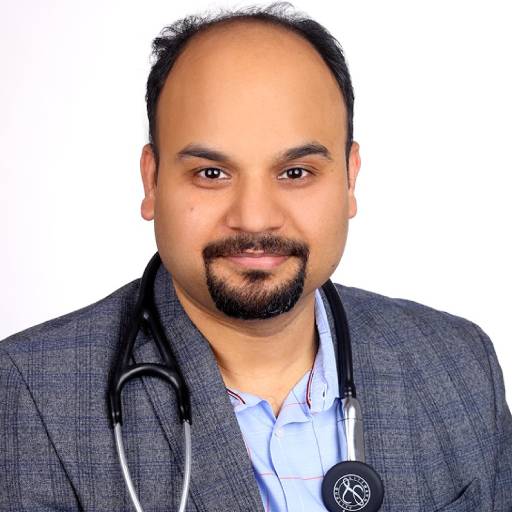Varicose veins are a common condition affecting millions of people worldwide, particularly those with jobs requiring prolonged standing or sitting. While varicose veins can develop anywhere, they most commonly appear on the legs due to increased pressure in the lower body. Will explore aims to shed light on the causes of varicose veins on legs, their symptoms, and the advanced treatment options available.
What Are Varicose Veins?
Varicose veins are enlarged, twisted veins that often appear blue or dark purple. They occur when the valves in the veins fail to function properly, causing blood to pool and the veins to bulge. While varicose veins on the legs are not always a medical concern, they can lead to discomfort and other complications if left untreated.

Causes of Varicose on Legs
Understanding the causes of varicose on legs can help in preventing and managing the condition. Here are some primary factors:
- Prolonged Standing or Sitting: Jobs requiring long periods of standing or sitting increase pressure in the veins of the lower body. This is one of the most significant contributors to varicose veins on the legs.
- Age: Aging causes wear and tear on vein valves, leading to varices on legs. As you age, your veins lose elasticity, making it harder for them to efficiently circulate blood.
- Pregnancy: Increased blood volume and hormonal changes during pregnancy can result in varicose veins on the legs. The growing uterus also puts additional pressure on leg veins.
- Obesity: Excess weight puts additional pressure on leg veins, making it harder for them to function correctly. This leads to a higher likelihood of developing varices on legs.
- Genetics: A family history of varicose veins increases the likelihood of developing them. If your parents or siblings have had varicose veins, you are at a higher risk.
Varicose Symptoms to Look Out For
Varicose veins present with various symptoms, which may range from mild to severe. Common symptoms include:
- Visible veins that are enlarged and twisted
- A heavy or aching feeling in the legs
- Swelling in the lower legs and ankles
- Itching around the veins
- Skin discoloration near the affected area
- Pain or cramping in the legs, especially after prolonged standing or sitting
- Restlessness in the legs, particularly during nighttime
- Burning or throbbing sensations in the affected veins
If you experience these varicose symptoms, it is essential to seek medical advice promptly. Early diagnosis can prevent the condition from worsening.
Advanced Treatment Options for Varicose Veins on the Legs
Modern medicine offers several advanced treatments for varices on legs. These solutions are minimally invasive, ensuring quicker recovery and better results. Let’s explore some popular options:
- Laser Treatment Laser treatment involves the use of a focused beam of light to close off varicose veins. This procedure is effective for treating smaller veins and is virtually pain-free. Many patients with varicose veins on the legs prefer laser treatment due to its convenience and high success rate.
- Sclerotherapy Sclerotherapy involves injecting a solution into the vein, causing it to collapse and eventually disappear. This treatment is ideal for moderate cases and provides excellent cosmetic results. It’s a quick procedure that doesn’t require downtime.
- Endovenous Ablation Therapy (EVLT) Endovenous ablation uses heat generated by radiofrequency or lasers to seal off large varicose veins on the legs. It is a quick, minimally invasive procedure performed under local anesthesia. This treatment is effective for more severe cases of varices on legs.
- Ambulatory Phlebectomy This method involves removing varicose veins through small incisions in the skin. It is a highly effective treatment for more prominent veins and does not require hospitalization. The recovery time is relatively short, making it a popular choice for treating varicose veins on the legs.
- Compression Therapy While not a permanent solution, compression stockings can help alleviate varicose symptoms by improving blood flow and reducing swelling. Compression therapy is often used in conjunction with other treatments.
- Surgical Options In severe cases, surgical procedures like vein stripping may be necessary to remove affected veins entirely. Surgery is often recommended when other treatments fail to address the condition.

Managing Varicose Veins on Legs at Home
While medical treatments are effective, there are several steps you can take at home to manage varicose symptoms and improve leg vein health:
- Exercise Regularly: Activities like walking, swimming, and cycling improve blood circulation in the legs.
- Maintain a Healthy Weight: Reducing weight can ease the pressure on your veins.
- Elevate Your Legs: Raising your legs above the level of your heart helps reduce swelling and improves blood flow.
- Wear Compression Stockings: These can provide relief from pain and swelling associated with varicose veins.
- Avoid Long Periods of Standing or Sitting: Take frequent breaks to move around and stretch.
Why Choose Easy Treatment?
If you are dealing with varicose veins on the legs, Easy Treatment offers comprehensive care tailored to your needs. From initial diagnosis to advanced treatment options, our team ensures that every step of your journey is smooth and stress-free. Our personal assistants handle everything from hospital appointments to admissions, so you can focus on your recovery.
Visit Easy Treatment or use our Ask Questions page to get answers to all your varicose symptoms and treatment-related queries.
Varicose veins on the legs are more than a cosmetic concern; they can significantly impact your quality of life if left untreated. By recognizing the causes, identifying varicose symptoms early, and seeking advanced treatment solutions, you can effectively manage this condition. Trust Easy Treatment to provide top-notch care and guide you every step of the way toward healthier legs.
With the variety of advanced treatment options available, there’s no need to let varices on legs hold you back from living your life to the fullest. Take the first step today by consulting a specialist and exploring the best solution for your needs.

